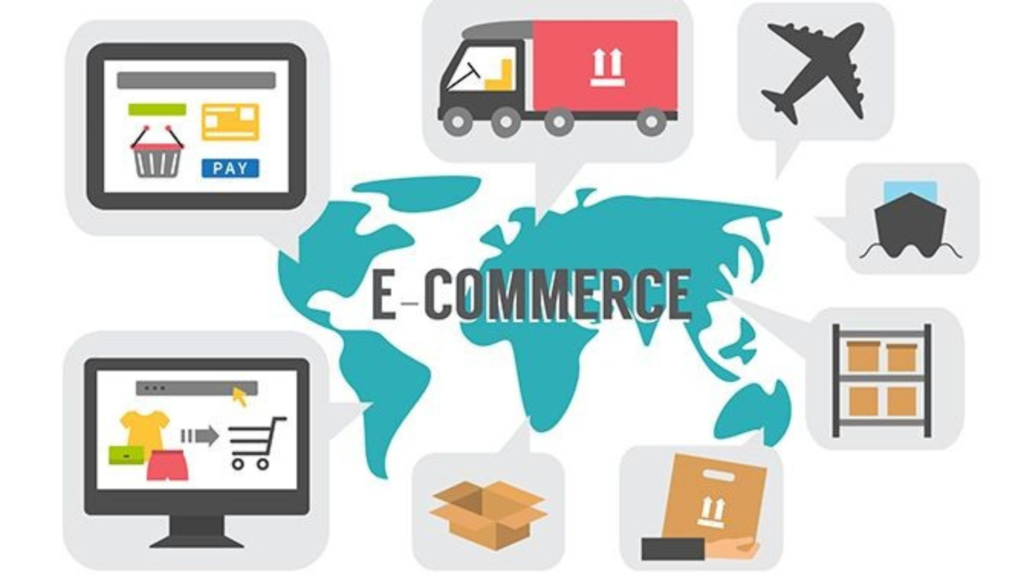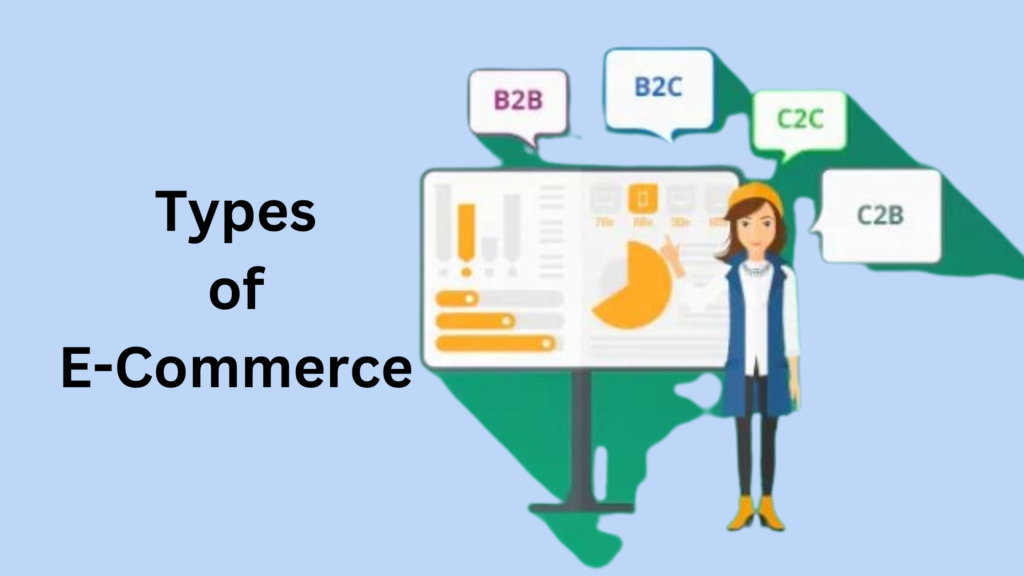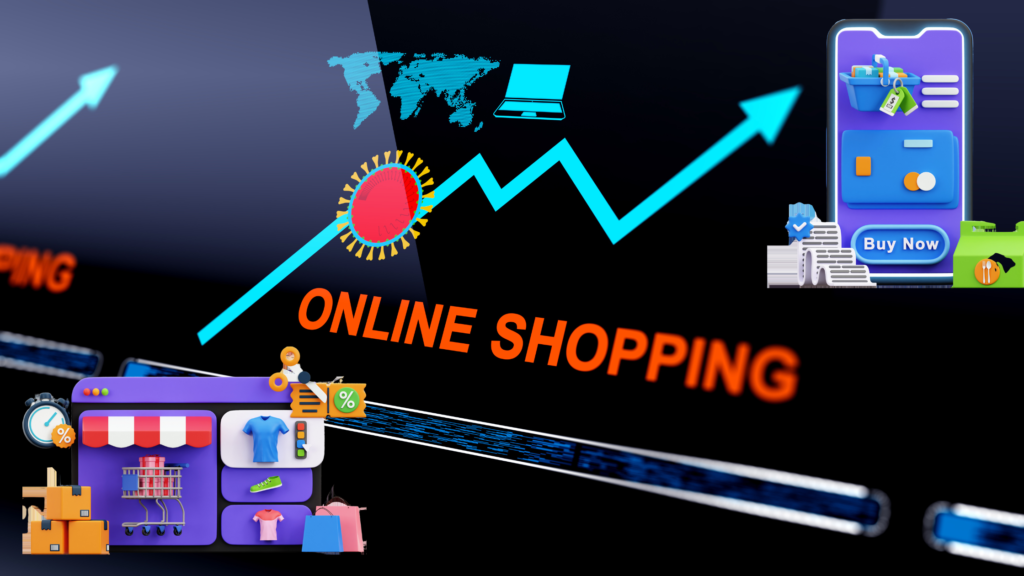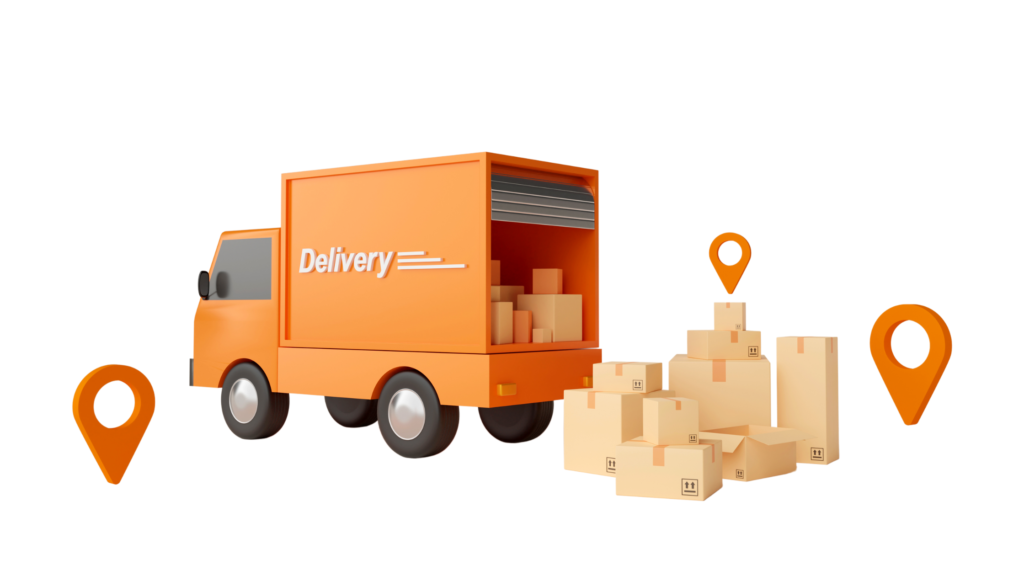E-Commerce: Changing How We Shop
The way we shop has changed dramatically over the last couple of decades. Online marketing, or electronic commerce, has revolutionized the way we buy and sell. It’s all about purchasing goods or services online, making shopping more convenient than ever. But e-commerce isn’t just about clicking “Add to Cart.” Let’s explore how it works, why it’s so popular, and where this online marketplace is headed.

How E-Commerce Works
E-commerce revolves around online transactions. Whether you’re buying a pair of sneakers from your favorite online store or subscribing to a streaming service, it’s all about the convenience of digital purchasing. It’s a buzzword we hear all the time, but what does it mean? Let’s break down its key components.

- Online Stores: These are digital platforms where products and services are showcased. Think of them as virtual shops that are open 24/7.
- Payment Gateways are the tech that allows you to pay securely online using credit cards, digital wallets, or even cryptocurrencies.
- Logistics: Once you place an order, the product must reach you. Logistics covers everything from warehousing to delivery.
These components work together seamlessly to give you the convenience of shopping from anywhere, at any time.
Types of E-Commerce
Not all e-commerce is the same. It’s divided into several categories, depending on who’s involved in the transaction. Here are the most common ones:

- B2C (Business-to-Consumer): This is the most popular type of e-commerce. It’s when businesses sell directly to consumers, like Amazon or Flipkart.
- B2B (Business-to-Business): Here, businesses sell to other businesses. For example, a software company providing tools to a marketing agency.
- C2C (Consumer-to-Consumer): Platforms like eBay or OLX allow individuals to sell goods directly to other individuals.
- C2B (Consumer-to-Business): This is a less common model where individuals sell products or services to businesses, like freelancers offering services on Fiverr.
Each type serves a unique purpose and caters to different audiences, making e-commerce versatile and dynamic.
Why E-Commerce is So Popular
E-commerce isn’t just a trend; it’s a full-blown revolution. But what makes it so appealing? Let’s break it down:

- Convenience: You can shop anytime, anywhere. No need to dress up or even leave your couch.
- Variety: Online stores often have a wider range of products compared to physical stores.
- Better Prices: Since online businesses save on overhead costs, they can offer competitive prices.
- Global Reach: With e-commerce, a small business in a tiny town can sell to customers around the world.
- Personalization: Thanks to algorithms, online stores can recommend products based on your preferences, making shopping more enjoyable.
These factors have made e-commerce the go-to option for millions of shoppers worldwide.
Challenges in E-Commerce
While e-commerce has its perks, it’s not without challenges. Here are a few hurdles that businesses and consumers face:

- Security Issues: Online transactions can sometimes be risky. Cybersecurity threats like hacking and phishing are real concerns.
- Logistics Problems: Delivering goods on time, especially in remote areas, can be challenging.
- Lack of Personal Touch: Unlike physical stores, online shopping lacks the human interaction that some people value.
- Return and Refund Hassles: Returning products can sometimes be a complicated process, discouraging customers.
Despite these challenges, advancements in technology are helping to address these issues, making e-commerce safer and more efficient.
The Role of Technology in E-Commerce
Technology is the backbone of e-commerce. From AI-powered recommendations to blockchain for secure payments, innovations are continuously shaping the e-commerce landscape. Here are a few tech trends making waves:
- Artificial Intelligence (AI): AI helps businesses understand customer behavior and offer personalized shopping experiences.
- Chatbots: These virtual assistants provide instant customer support, making shopping more convenient.
- Augmented Reality (AR): AR allows customers to visualize products, like furniture or clothing, in real-world settings before making a purchase.
- Mobile Commerce: With smartphones in every pocket, mobile apps have become a crucial part of e-commerce.
These technologies are not just enhancing the shopping experience but are also helping businesses streamline their operations.
E-Commerce Platforms
If you’re looking to start an online business, choosing the right e-commerce platform is crucial. Here are some popular options:

- Shopify: Perfect for small to medium businesses, Shopify offers an easy-to-use interface and plenty of customization options.
- WooCommerce: This WordPress plugin is great for those who already have a website and want to add an online store.
- Amazon: If you’re into dropshipping or selling third-party products, Amazon provides a massive customer base.
- Magento: Ideal for large-scale businesses, Magento offers advanced features for scalability.
Each platform has its pros and cons, so it’s important to choose one that aligns with your business needs.
The Future of E-Commerce
The e-commerce industry is evolving rapidly, and the future looks incredibly promising. Here are a few trends to watch out for:
- Voice Commerce: With smart speakers like Alexa and Google Home, voice shopping is gaining popularity.
- Sustainability: More businesses are adopting eco-friendly practices, from sustainable packaging to carbon-neutral deliveries.
- Hyper-Personalization: AI will continue to refine its ability to offer highly personalized shopping experiences.
- Social Commerce: Platforms like Instagram and TikTok are becoming shopping hubs, making it easier for users to buy directly from their feeds.
Wrapping It Up

Online shopping has revolutionized the way we make purchases, offering unmatched ease and convenience. From its diverse models and advantages to the hurdles and technological progress shaping the sector, digital commerce is an intriguing and constantly changing landscape. Whether you’re a buyer hunting for great deals or a business owner preparing to start an online store, the world of digital trade is full of opportunities. So, what’s stopping you? Jump in and discover all that this dynamic marketplace has to offer!
